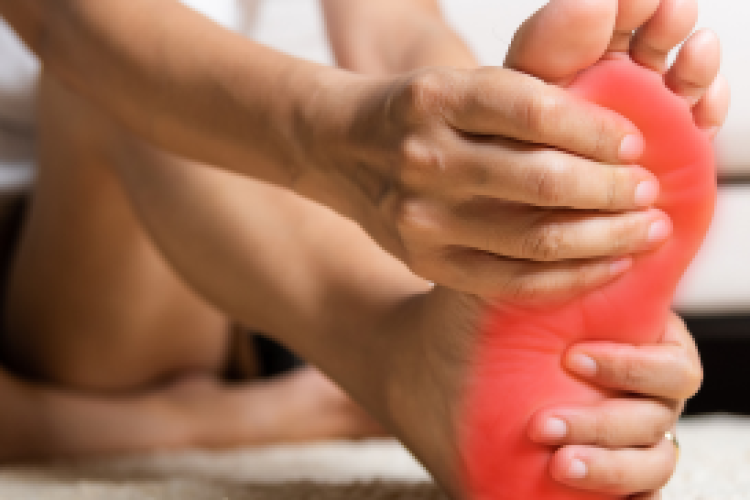By Jason Fond, MD, Director of Orthopedic Surgery at Montefiore Nyack Hospital
Smartphone overuse injuries such as “text neck,” “selfie elbow” and “swiper’s thumb” are becoming more common as people spend hours a day using their phones and other digital devices. These injuries can be avoided by taking some simple steps.
Overuse injuries were a problem in the workplace—and in society at large—long before smartphones and other digital devices were invented. But now that we’re spending so much time on our phones, and social media has become so integral to our personal and professional lives, these overuse injuries are becoming much more prevalent.
Common overuse injuries related to tech use include:
“Text Neck”: When you stare down at your phone for long periods, your neck stays in one position, which can lead to muscle spasm and tension. Poor posture from hunching over while you’re looking down adds to your neck and back strain.
“Swiper’s Thumb”: The technical name for this is de Quervain's tenosynovitis. It’s s a painful inflammation of tendons on the backside of the thumb. If you repeatedly move the thumb up and down or away from your palm – such as when you swipe on your phone – the tendons can become inflamed and painful.
“Selfie Elbow”: This is similar to “tennis elbow,” a type of tendinitis that occurs when you experience inflammation in the tendons that run along the arm from the hand to the elbow. Tendons are cord-like structures that connect bone to muscle. Tendinitis, or inflammation of the tendons, often results from overuse of the tendon. When you take selfies, you extend your arm, but you also trying to keep a firm grip on your phone. Repeatedly doing this can cause tendinitis.
“Text Claw”: After extended texting, your hand can feel as if it’s been frozen into a claw. The problem can lead to carpal tunnel syndrome, a painful, progressive condition that can cause tingling or numbness in your hand and wrist. It can also cause a sharp, piercing pain that shoots through your wrist and up your arm. The condition is caused by pressure on a nerve called the median nerve that runs from the forearm into the palm. The nerve runs through a small space in the wrist called the carpal tunnel.
To avoid injuries from digital device overuse:
- Break up your screen time, and give yourself rest periods. Set an alarm to remind you to take a break or shift position.
- Gently stretch your wrists and neck.
- Change your body position often. Stand up and walk around every half hour.
- Keep your shoulders relaxed and your elbows close to your body, with your hands, wrists, forearms and thighs parallel.
- When using a computer, adjust your chair height so your feet are flat on the floor and your knees equal to, or slightly lower than, your hips. Consider using a standing desk. Many people find they help reduce back and neck pain.
There are a number of non-surgical treatments for digital device overuse injuries, ranging from over-the-counter anti-inflammatory medicine, to wearing a brace, to physical and occupational therapy.
If your hands, wrists or arms hurt from digital overuse, the most important thing you can do is to give them a rest. If that doesn’t do it, try using over-the-counter anti-inflammatory medication such as ibuprofen to reduce pain and inflammation. You can buy a brace for your wrist, elbow or hand to provide support.
If those steps don’t help, it’s time to consult a doctor for a medical evaluation. The quicker the problem is addressed, the sooner your symptoms can be reversed or made better. Quick treatment also reduces the risk the problem will extend to your shoulder.
Your doctor may recommend corticosteroid injections to provide temporary relief. Some people can benefit from physical or occupational therapy to increase flexibility and strength in the tendons in the hand, wrist and arm.
Surgery is a last resort if all other treatments fail. Surgery for carpal tunnel syndrome releases pressure on the median nerve, while surgery for tendinitis involves repairing the damaged tendon.
The best way to avoid surgery or other medical treatment is to take breaks from your digital devices. If you don’t change your digital habits, what may start as a minor irritation can end up being a major health issue.



 Upcoming Events
Upcoming Events



